- HubPages»
- Family and Parenting»
- Kids»
- Children's Growth & Development
Practicing Multiple Choice: A Child’s Path to Fulfillment as an Adult
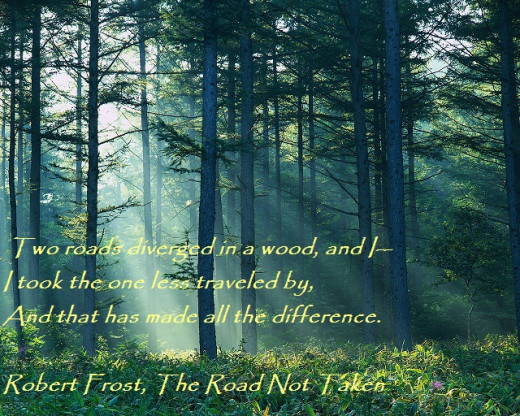
Choose Your Own Adventure
When I was a kid I loved reading a particular kind of novelty adventure book which let you choose the character’s path throughout the book, decide his or her fate, and pick an ending. You had to make choices for the character along the way such as “to make Sebastian travel through the dark forest continue to page 13” and “to make Sebastian take the high road into town continue to the next page.” These books were great because they also taught you the consequences of your choices for the character. If you chose to take the dark forest, Sebastian might end up surrounded by wolves. Uh oh! Sometimes you could choose to get out of the sticky situation or sometimes you had to go back through the book and start over, making the better decisions. I loved these books as a child because I could tell the story any way I wanted and read the same book over and over with a different outcome every time.
As an adult looking back on these particular decision-making books I read so much as a kid, I realize they taught me some valuable lessons which I continue to use in my life even now. Problem solving skills. I learned how to look at a situation from every angle, follow the line of reasoning to the logical conclusion of that decision then go back and do it again from another angle, weighing out the best options for a solution. Being decisive. I learned how to make decisions, choose between good and bad, better and best, and even bad and worse. Owning my actions. I learned how to take responsibility for the choices I made for my character. It was nobody’s fault but mine when Sebastian ended up fending off wolves. After all, I chose that path for him.
The takeaway lesson I learned from these books and in my own experience of mentoring children is they need to learn how to make choices. Oftentimes they need to understand they HAVE a choice in the first place. As adults, it is our responsibility to make sure children know how to properly decide and take responsibility for their decisions.
Why “my way or the highway” and “because I said so” Doesn’t Work
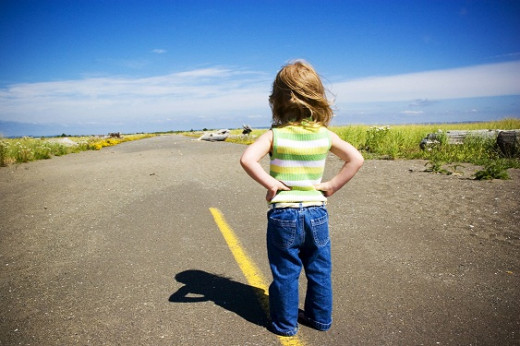
So you’re a “my way or the highway” kind of guy.
Well, that’s great in the moment when you’re in a hurry to get somewhere and need to gain agreement from your child in a trying situation, but what’s the long-term effect of that philosophy? These are the kids that are so obedient as children, but when they grow up and move out on their own the parents complain that the kid went “wild” somehow. He or she is making bad decisions that are poorly thought out and the parent wonders why. The kid was so good when they were under the parents’ care.
Of course the kid was good when under the parents’ care! You made all the best decisions for him or her, didn’t you? That’s great, but what you failed to do was teach the child how to make those same decisions when they are away from you. It would have been better to give the child directed options such as you can do A or B, but if you choose to do B, then you’re going to get in trouble than to simply tell them they are forbidden to do what you don’t allow. Letting children get in trouble from time to time is a healthy experience. I think of it this way, it’s better to make the mistake as a child and learn from it than it is to make the mistake as an adult and have to live with it.
Why? “Because I said so.”
This is probably one of the most frustrating phrases you could ever say to a child. As human beings we are hardwired to ask questions, grow, and learn. We are the only species on the planet with this level of reasoning capability. That’s what makes us naturally inquisitive as children. When a child asks you why, it is an opportunity to teach them how to reason properly and come to conclusions which include imagining appropriate consequences for specific behaviors. So these are the kids that do “dumb” things as adults and when you ask them why they did it they respond by saying, “I don’t know.” They didn’t learn as children how to think their actions through and instead developed a pattern of impulsivity.
We ALWAYS Have a Choice!
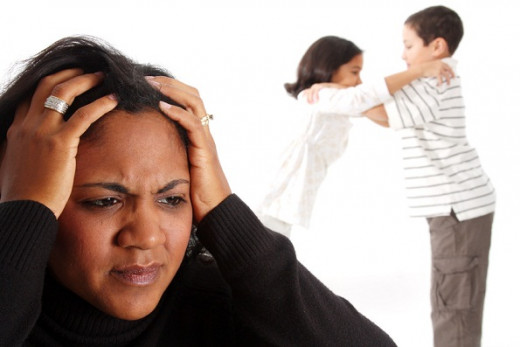
It’s easy as adults to feel powerless. Well, it’s even easier as children to feel like they have no say or no control over their surroundings or the circumstances of their lives. I’ve seen two problems which affect a child’s perception of choice over and over again in my interactions with parents and children, the controlling parenting style and the permissive parenting style.
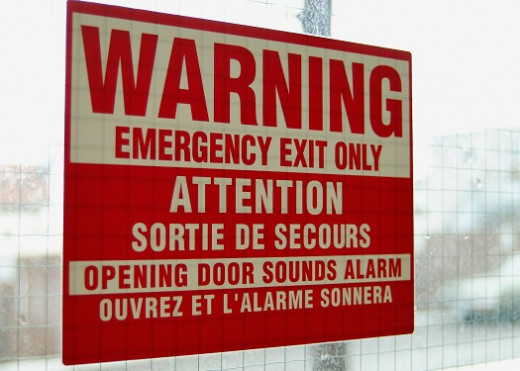
The Controlling Parenting Style
These kids feel like they have no choice. Everything is decided for them ahead of time from the shoes on their feet to the style of their haircut down to even the words that they speak. When these kids become teenagers and start rebelling, the parent becomes the bad guy. The teen now has an adversary who can be blamed for all that’s wrong in the teen’s world. The parent meant well and doesn’t know where he went wrong. He only wanted what was best for the child. Now the child is misbehaving and acting out, pushing boundaries and going against everything the child has been taught was right. So what went wrong here?
The child needed to learn he had a choice. The child needed to learn that even if the choice is between a bad situation and a worse situation, it is still a choice. Ideally, you want to teach a child to be able to choose the best option in any scenario. The parent could have changed the dynamic of this situation by giving the child the freedom to make decisions while the parent offers himself up as a lifeline. Then suddenly the parent goes from being the villain to becoming the kid’s personal superhero, swooping in to save him just in the nick of time and teaching the child a powerful lesson about taking responsibility for his actions. You don’t want to save the day all the time though. That’s not healthy either, but just once in awhile it can be a great bonding experience for both parent and child.
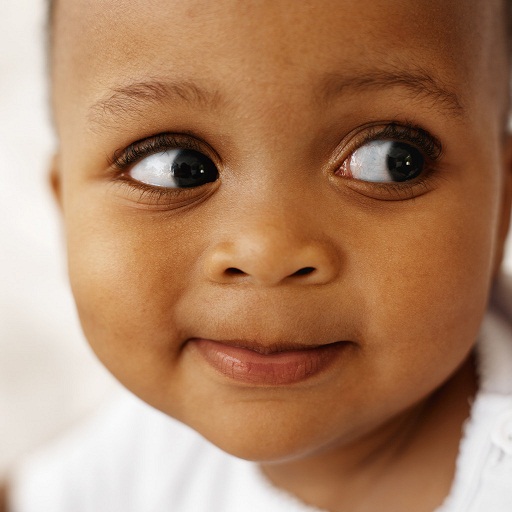
The Permissive Parenting Style
Do whatever you want. I don’t care. It’s your life. OR I love you so much I want to give you everything you could ever want. There are two extremes in the permissive parenting style, those who don’t care at all and those who care too much. The problem with these kids that grow up in this particular style is they have too many options. They grow up to be indecisive and unsatisfied adults. They have a hard time making the decision in the first place, then after they make the decision they are never satisfied with their life choices. Just as children without a choice grow up to be angry adults who tend to blame the system or others and never take responsibility for their own actions, children with too many choices grow up to be insecure, anxious, and sometimes neurotic adults always second-guessing themselves. This can obviously lead to many other issues psychologically including substance abuse, anxiety disorders, and depression.
If You Love Them, Let Them GROW
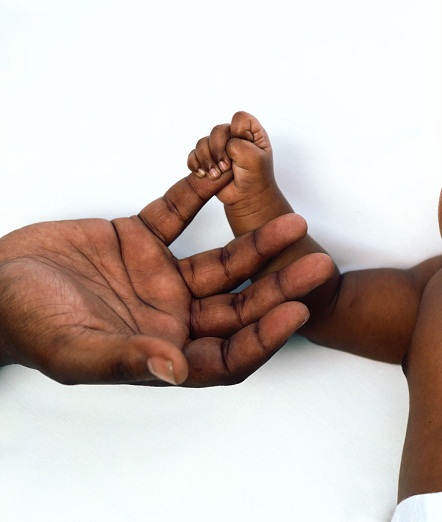
As a parent, you don’t have to let your child go. Your baby can always be your baby no matter how big they get. You do, however, have to let your child GROW. Don’t hold them back in life by taking away their choices or by not teaching them how to make decisions.
Ideally, the best way to teach a child is by multiple choice. Not just A, not just B, but also C and D. Because that’s how life really is, right? As adults we have many options in front of us and we have to know how to narrow it down to the best two or three. Then after that, we have to choose the best one. We do this all day long, mostly in a matter of seconds and minutes and sometimes we have choices that take days and months to make. As the parent, you can guide your child by making restrictions, putting boundaries and limitations on the choices, but also offering a range for the child to decide. For instance, you can say at snack time, “You can have apple slices, a box of raisins, or an ice cream, but if you have the ice cream now, then you don’t get one after dinner tonight.” That’s a difficult decision for a kid, haha. Trust me, I’ve seen it in action. Yet the beauty of it is whatever they pick, they tend to feel very good about it. No matter what they feel like they made the right decision, and they’ve also learned how to make healthy choices within limitations.
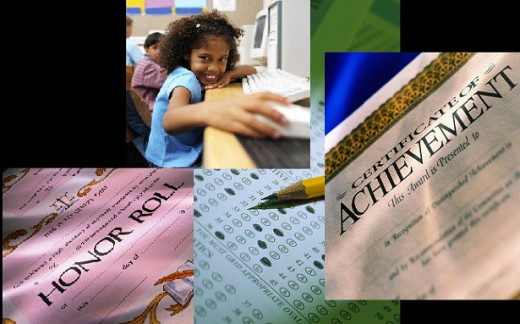
Teaching children how to make the best decision in a bad situation or the right choice for their lives leads them to growing great habits that bring about contentment and personal fulfillment all throughout their lives. As a parent or a mentor in a child’s life, this is the greatest lesson you can teach them. Give the gift of choice in your interactions with the children in your life, and they will thank you for it long into their adulthood.








